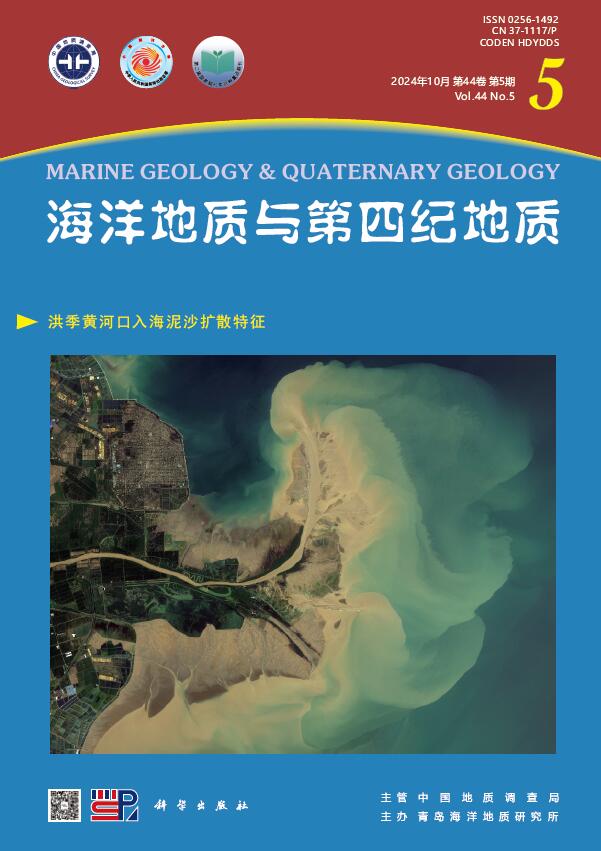TOPOGRAPHY AND ITS CONTROL OVER DEEPWATER SEDIMENTATION IN THE QIONGDONGNAN BASIN
引用次数: 2
Abstract
The Qiongdongnan Basin is located in the northwest of the South China Sea,and the deepwater area of the basin is a new favorable prospect for hydrocarbon exploration.Based on seismic and bathymetric data,the authors focused in this paper on the deep water topography of the Basin and the control of topography over the deepwater sedimentation.Various landform types were distinguished and their distribution pattern described.Discussed are also the depositional mechanism of the gravity deposits and their types,distribution and lithological characteristics,so as to reveal the control of topography on the deepwater depositional systems.Results show that the submarine topography of the Qiongdongnan Basin can be divided into three units of the continental shelf,the continental slope and the deep-sea plain.Under the control of topography,there are 6 types of sediments in the Qiongdongnan continental slope system: slope canyon,turbidite fan,slumping block,debris flow deposits,sliding mass and sedimentary waves.Our results prove that the types of sedimentary facies are closely related to the gradient of the slope.The gradient not only controls the distribution of types of gravity flow deposits,but also the adjustment of slope system.In addition,the gravity flow may change from one to another due to the change of landforms,for example,change from turbidity-current to sediment waves,or from slumping and/or debris flow to turbidity current.琼东南盆地地形及其对深水沉积的控制作用
琼东南盆地位于南海西北部,盆地深水区是一个新的有利油气勘探前景。在地震和水深资料的基础上,重点研究了盆地的深水地形和地形对深水沉积的控制作用。区分了不同的地貌类型,描述了其分布格局。探讨了重力沉积的沉积机理及其类型、分布和岩性特征,揭示了地形对深水沉积体系的控制作用。结果表明,琼东南盆地海底地形可划分为陆架、陆坡和深海平原3个单元。在地形控制下,琼东南陆坡体系沉积类型主要有斜坡峡谷、浊积扇、滑塌块体、泥石流沉积、滑动体和沉积波6种。研究结果表明,沉积相类型与斜坡坡度密切相关。坡度不仅控制着重力流沉积类型的分布,而且调节着坡度体系。此外,重力流还可能因地形的变化而发生变化,如由浊流转变为泥沙波,或由滑坡和/或泥石流转变为浊流。
本文章由计算机程序翻译,如有差异,请以英文原文为准。
求助全文
约1分钟内获得全文
求助全文
来源期刊
CiteScore
0.10
自引率
0.00%
发文量
4176
期刊介绍:
Marine Geology and Quaternary Geology launched in 1981 is a bimonthly academic journal sponsored by Qingdao Institute of Marine Geology, China Geological Survey, and published by the Science Press, China.The journal aims to publish original, cutting-edge, and explorative scientific results in the field of marine geology and sea-land Quaternary geology. The journal focus on reporting the latest research achievements supported by National Natural Science Foundation Project, National Key Project and International Cooperation Project, with priority to the results in China seas, global ocean and three poles, and the comparative study results between offshore and land, regional and global scientific issues.

 求助内容:
求助内容: 应助结果提醒方式:
应助结果提醒方式:


